Remote sensing is a technology that has revolutionized the way we view and understand our planet. It involves the collection of data from a distance, using sensors and other instruments to gather information about the Earth’s surface, atmosphere, and oceans. The technology has become an essential tool for scientists and researchers in various fields, including meteorology, agriculture, geology, and urban planning.
There are several types of remote sensing techniques that are used to gather data about the earth’s surface. These techniques include passive and active remote sensing. Passive remote sensing uses sensors that detect radiation emitted by the earth’s surface, while active remote sensing involves the use of sensors that emit energy and measure the energy reflected back to them. Other types of remote sensing techniques include aerial photography, satellite imagery, and LiDAR (Light Detection and Ranging) technology, which uses laser pulses to measure distances to the Earth’s surface. Each type of remote sensing technology has its own strengths and limitations, making it important for researchers to choose the appropriate technique for their specific needs.
Optical Remote Sensing
Moving on to the subtopics of Optical Remote Sensing, we have Multispectral Imaging, High-Resolution Imaging, and Hyperspectral Imaging. Multispectral Imaging allows for the capture of data across multiple spectral bands, providing a more comprehensive view of the target area. Meanwhile, High-Resolution Imaging involves capturing images with a higher level of detail, enabling the identification of smaller features within the target area. Finally, Hyperspectral Imaging captures data across an even wider range of spectral bands, allowing for the identification of unique spectral signatures that can be used to differentiate between different materials and substances.
Multispectral Imaging
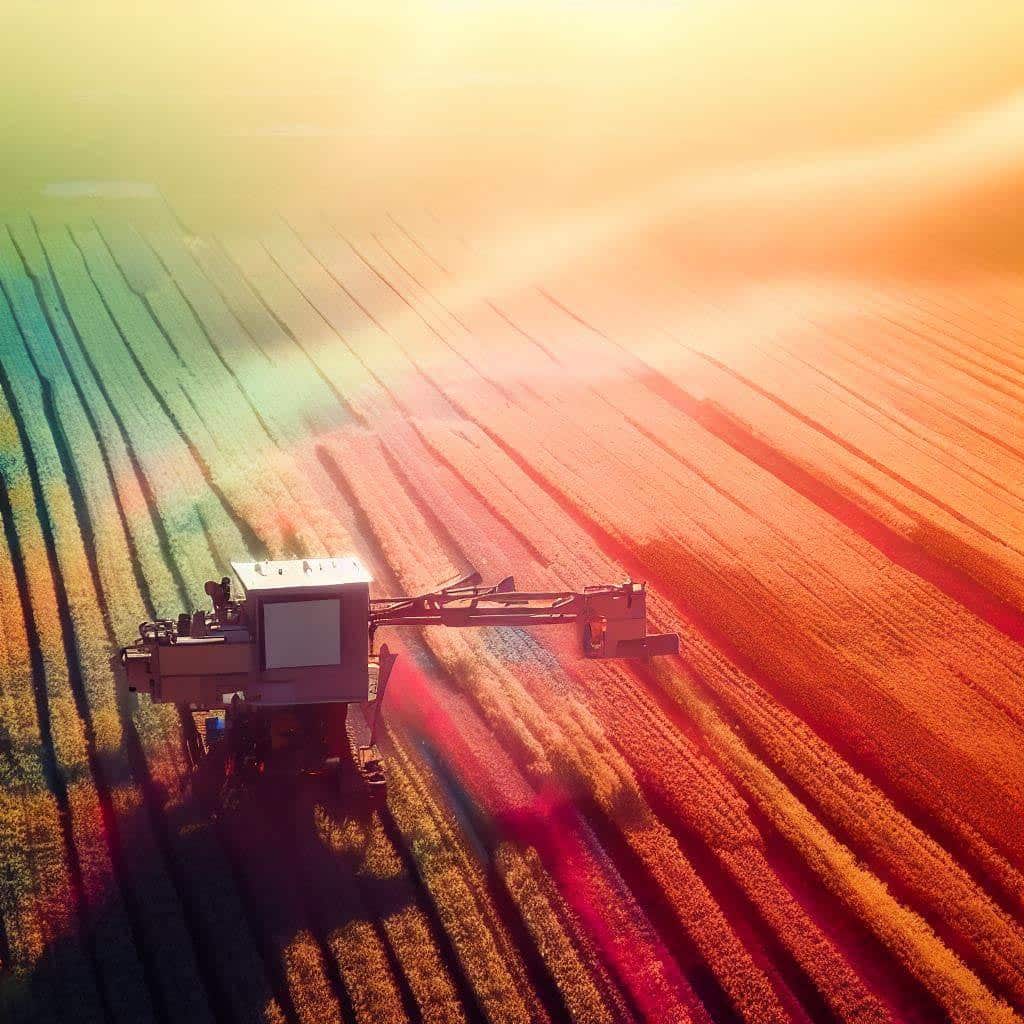
Moving on to optical remote sensing, one of the most commonly used techniques is multispectral imaging. This technique captures data from different wavelengths of light to produce an image with several layers of information. Each layer represents a different spectral band, helping to identify features that may not be visible to the naked eye.
Multispectral imaging is widely used in various fields, including agriculture, forestry, and environmental monitoring. In agriculture, it is used to identify crop health and productivity, while in forestry, it can help to detect and monitor changes in vegetation cover. It is also used in environmental monitoring to track changes in land use, water quality, and pollution levels.
One of the key advantages of multispectral imaging is its ability to provide information about the physical and chemical properties of a target. By analyzing the different spectral bands, scientists can identify the presence of specific materials, such as minerals or vegetation types. This information can be used to create maps and models that help to better understand complex systems and make informed decisions. Overall, multispectral imaging is a powerful tool that enables researchers to explore and understand the world around us in new and exciting ways.
High-Resolution Imaging
Transitioning from the vastness of multispectral imaging, we now delve into the precision of high-resolution imaging. The level of detail that this technology provides is unparalleled, allowing us to capture images with a level of clarity that was once thought impossible. As the images come into focus, one can’t help but feel a sense of awe at the sheer beauty of what is being captured.
The applications of high-resolution imaging are vast and varied. From military reconnaissance to satellite mapping, this technology has revolutionized the way we see the world. In agriculture, high-resolution imaging has become an essential tool for monitoring crop health and predicting yields. By capturing detailed images of fields, farmers can identify areas that need more attention and adjust their practices accordingly.
In the field of environmental science, high-resolution imaging has become a critical tool for monitoring changes to our planet. By capturing images of glaciers, forests, and oceans, scientists can track changes in temperature, water levels, and vegetation growth. The level of detail that this technology provides allows us to understand the impact of climate change and make informed decisions to protect our planet.
Hyperspectral Imaging
As technology has advanced, optical remote sensing has become an increasingly valuable tool for obtaining information about the Earth’s surface. Multispectral imaging and high-resolution imaging have allowed scientists to gather large amounts of data with remarkable precision and accuracy. However, hyperspectral imaging takes things to the next level, providing a level of detail and specificity that was previously impossible.
Hyperspectral imaging involves the collection of data from hundreds of narrow, contiguous spectral bands. This allows for incredibly detailed information about the chemical and physical properties of the Earth’s surface to be obtained. With hyperspectral imaging, scientists are able to identify and map specific materials with a high degree of accuracy. This has proven to be particularly useful in the fields of geology, agriculture, and environmental science.
Perhaps one of the most exciting aspects of hyperspectral imaging is its potential for identifying and monitoring changes in the Earth’s surface. By comparing hyperspectral images taken at different times, scientists can track changes in vegetation, land use, and even the spread of disease. This information can be used to inform policy decisions, guide resource management, and even predict future trends. As the capabilities of hyperspectral imaging continue to expand, it is clear that this technology will play an increasingly important role in our understanding of the Earth and its systems.
Radar Remote Sensing

Radar remote sensing is a valuable tool used in a variety of applications, including monitoring natural disasters, mapping terrain, and tracking ocean currents. One type of radar remote sensing is Synthetic Aperture Radar (SAR), which uses the motion of the sensor to create high-resolution images of the ground. Another type is Interferometric Synthetic Aperture Radar (InSAR), which uses two or more SAR images to create a three-dimensional map of the terrain. Additionally, Airborne Imaging Radar (AIR) is a type of radar remote sensing that is mounted on an aircraft to capture images from a higher altitude.
Synthetic Aperture Radar
Moving on from optical remote sensing, another powerful tool in remote sensing is Synthetic Aperture Radar (SAR). Unlike optical sensors that rely on reflected sunlight, SAR uses radio waves to generate images of the Earth’s surface. SAR is able to penetrate through clouds, smoke, and vegetation, making it useful in areas where optical sensors may be limited.
One unique feature of SAR is its ability to create high-resolution images using a technique called synthetic aperture. By using the motion of the platform (such as an aircraft or satellite) to simulate a larger antenna, SAR is able to achieve a higher resolution than would be possible with a physical antenna of the same size. This allows for detailed images of features such as buildings, ships, and even individual trees.
SAR data can also be used for various applications, such as land use/land cover mapping, disaster response, and even monitoring of glaciers and sea ice. With the ability to operate in different frequency bands, SAR is adaptable to different types of terrain and can provide valuable information for a variety of industries.
Interferometric Synthetic Aperture Radar

With the advancement of technology, Radar Remote Sensing has emerged as a powerful tool for understanding the earth’s surface. One of the most widely used techniques of radar remote sensing is Synthetic Aperture Radar (SAR). SAR systems can penetrate through clouds, vegetation cover, and even the ground surface to provide high-resolution images of the earth’s surface.
One of the most advanced techniques of SAR is Interferometric Synthetic Aperture Radar (InSAR). InSAR is a powerful technique that utilizes two or more SAR images acquired at different times to measure changes in the earth’s surface. By comparing the differences between two or more radar images, InSAR can detect changes in the earth’s surface with a high degree of accuracy. This technique is useful for monitoring ground deformation, such as land subsidence, glacier movement, and volcanic activity.
InSAR can be used both in space and airborne platforms. Airborne InSAR systems, also known as Airborne Imaging Radar (AIR), are a cost-effective alternative to space-borne systems. AIR systems can be flown at low altitudes, which provides higher resolution images of the earth’s surface. AIR systems are used to study small areas of the earth’s surface, such as urban areas, forests, and agricultural fields. InSAR is a powerful tool for scientists and researchers to study the earth’s surface and monitor changes over time.
Airborne Imaging Radar
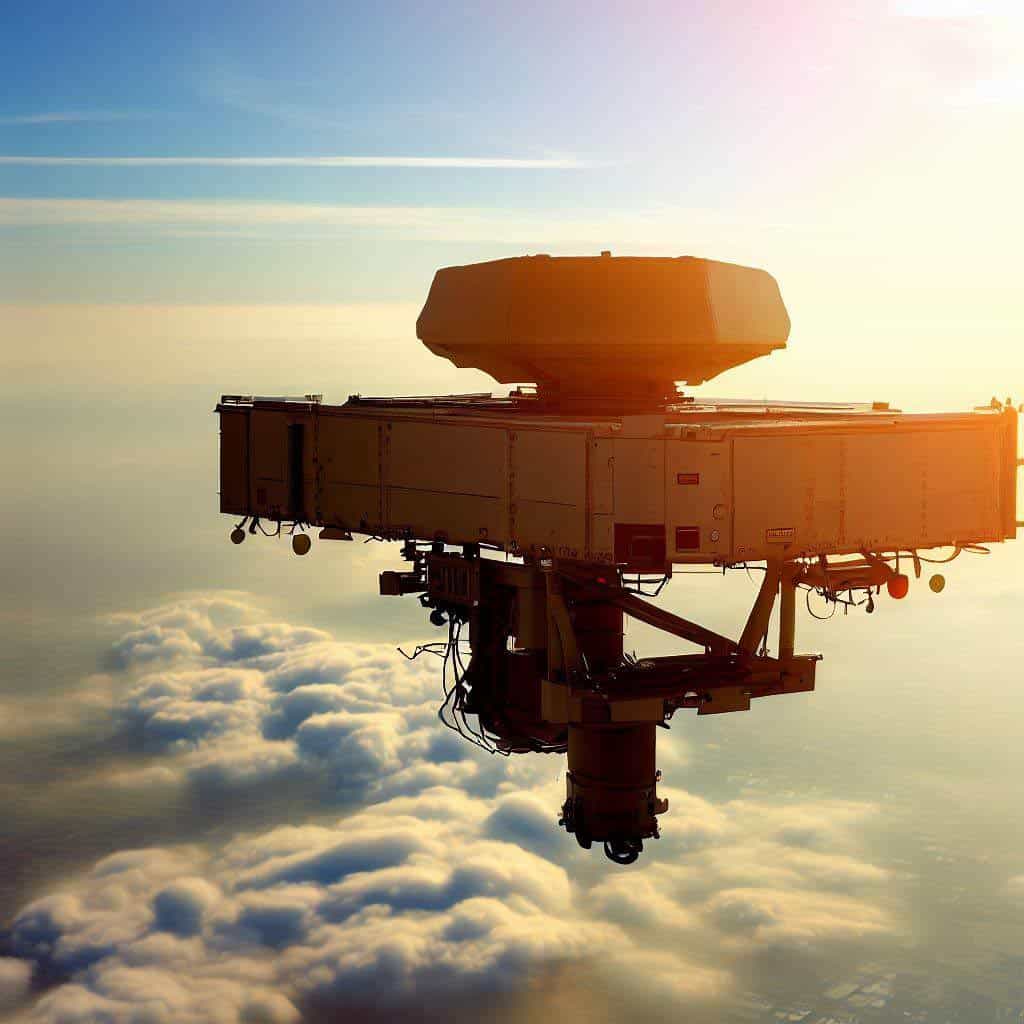
Moving on to another type of remote sensing technology, Airborne Imaging Radar is a tool for capturing high-resolution images of the Earth’s surface. This type of radar system is typically mounted on an aircraft, allowing it to capture images of large areas quickly and accurately. Airborne Imaging Radar can provide valuable information for a variety of applications, such as land cover mapping, agricultural monitoring, and disaster response.
One of the main advantages of Airborne Imaging Radar is its ability to penetrate through clouds, smoke, and other atmospheric conditions. This allows it to collect data in areas where other remote sensing technologies may not be effective. Additionally, Airborne Imaging Radar can collect data at different frequencies, giving researchers the ability to analyze different aspects of the Earth’s surface, such as soil moisture content or vegetation density.
Another type of radar technology that is closely related to Airborne Imaging Radar is Synthetic Aperture Radar (SAR). SAR is a technique that uses radar signals to create high-resolution images of the Earth’s surface. Unlike traditional radar systems, which transmit a signal and then wait for it to bounce back, SAR uses a series of signals to create a composite image. This technique allows for greater resolution and accuracy than traditional radar systems. SAR can be used for a variety of applications, from detecting changes in land cover to monitoring the movement of glaciers.
Overall, Airborne Imaging Radar is a powerful tool for remote sensing research. Its ability to capture high-resolution images in a variety of atmospheric conditions makes it an ideal choice for a wide range of applications. Whether used alone or in conjunction with other remote sensing technologies, Airborne Imaging Radar has the potential to provide valuable insights into the Earth’s surface and the changes that are occurring over time.
Lidar Remote Sensing
Lidar Remote Sensing is an essential technology used in various fields for mapping and surveying purposes. Topographic Lidar is a type of Lidar system that captures high-resolution images of the Earth’s surface, making it useful for creating accurate topographic maps. On the other hand, Atmospheric Lidar is used to study the Earth’s atmosphere by measuring the scattering and absorption of light from particles and molecules. Lastly, Airborne Laser Scanning combines Lidar technology with aerial platforms to capture 3D images of the Earth’s surface, making it ideal for studying large areas.
Topographic Lidar

Moving on from Radar Remote Sensing, another type of remote sensing technology is Lidar Remote Sensing. Lidar, or Light Detection and Ranging, is a technology that uses laser pulses to measure distances to a target. Lidar Remote Sensing can be used in a variety of applications, such as topographic mapping, atmospheric sensing, and more. In this section, we will focus on Topographic Lidar.
Topographic Lidar is a type of Lidar that is used to create high-resolution maps of the Earth’s surface. It works by emitting laser pulses toward the ground and measuring the time it takes for the pulses to bounce back to the sensor. By collecting millions of these measurements, Topographic Lidar can create a highly detailed 3D map of the surface.
Topographic Lidar is commonly used in applications such as land surveying, forestry, and geology. It can be used to measure the heights of trees, the depth of rivers, and the contours of the land, among other things. The data collected by Topographic Lidar is extremely accurate, with measurements typically accurate to within a few centimeters. As such, it is a valuable tool for a wide range of industries and applications.
Atmospheric Lidar

The powerful technology of remote sensing never ceases to amaze us. We have seen how radar remote sensing has the ability to detect and measure various objects and phenomena on the ground. Now, let us dive into another fascinating remote sensing technique: Lidar remote sensing.
One of the applications of Lidar remote sensing is topographic Lidar. It is used to measure the elevation and shape of the Earth’s surface with high accuracy and detail. However, in this section, we will focus on atmospheric Lidar, which is used to study the Earth’s atmosphere.
Atmospheric Lidar operates by emitting pulses of laser light into the atmosphere and measuring the reflected signal. This technique allows scientists to study the physical and chemical properties of the atmosphere, including aerosols, clouds, and greenhouse gases. By analyzing the backscattered signal, scientists can determine the altitude, density, and composition of the atmospheric particles. The data collected from atmospheric Lidar can provide insights into global climate change, air quality, and weather forecasting.
The versatility of atmospheric Lidar is further extended by airborne laser scanning. This technique involves mounting Lidar sensors on aircraft to collect data over large areas in a short amount of time. The data collected by airborne Lidar can be used to create 3D models of the Earth’s surface, map vegetation, and monitor the terrain. The applications of airborne Lidar are vast, ranging from land surveying and forestry to disaster management and urban planning.
Overall, atmospheric Lidar is an indispensable tool in understanding the Earth’s atmosphere and its impact on the environment. Its applications are vast and diverse, and its potential for scientific discovery is limitless. As technology advances, we can expect atmospheric Lidar to continue to play a crucial role in advancing our understanding of the Earth’s climate and atmosphere.
Airborne Laser Scanning
Transitioning from the topic of Radar Remote Sensing to Lidar Remote Sensing, we delve into the realm of Airborne Laser Scanning. This technology, also known as LIDAR (Light Detection and Ranging), uses laser pulses to measure the distance between the sensor and the ground. By measuring the time it takes for the laser to return to the sensor, it is possible to generate a 3D model of the terrain below.
One of the most common uses of Airborne Laser Scanning is in Topographic Lidar. This type of Lidar is used to create highly accurate digital elevation models (DEMs) of the Earth’s surface. It is used for a range of applications, including urban planning, flood risk assessment, and geological mapping. By capturing data at a high point density, Topographic Lidar can provide detailed information about the landscape, including features such as buildings, vegetation, and watercourses.
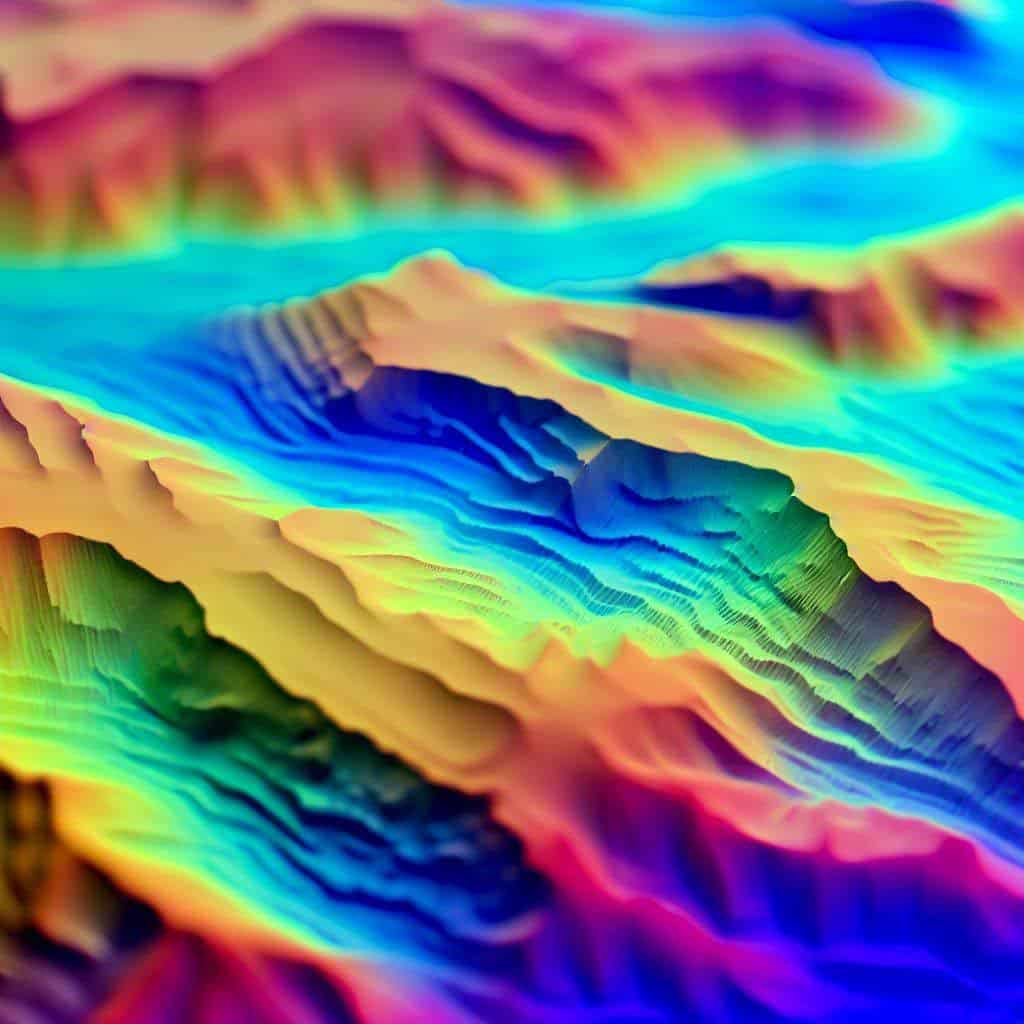
Another application of Airborne Laser Scanning is in Atmospheric Lidar. This type of Lidar is used to measure the concentration and distribution of aerosols, clouds, and other atmospheric particles. It is also used to study the structure and dynamics of the atmosphere, including wind patterns and turbulence. By measuring the properties of the atmosphere, Atmospheric Lidar can provide valuable information for weather forecasting, climate research, and air quality monitoring.
Overall, Airborne Laser Scanning is a powerful tool for remote sensing and has a wide range of applications. With its ability to provide highly accurate 3D models of the Earth’s surface and measure atmospheric properties, Lidar is a valuable asset for a range of industries, including environmental monitoring, geology, and urban planning.
Thermal Remote Sensing
Thermal remote sensing involves the use of infrared imaging, which captures radiation in the infrared spectrum to produce images that reveal temperature variations in a target area. This technique is particularly useful in identifying heat loss and gains in buildings, as well as detecting temperature anomalies in natural resources such as forests and oceans. Furthermore, thermal imaging and thermal infrared spectroscopy are two other approaches that can provide detailed information about the thermal properties of various materials and substances, allowing for the identification of potential hazards or anomalies.
Infrared Imaging
Moving on from Lidar Remote Sensing, another important technique used in remote sensing is Infrared Imaging. This technique uses the natural radiation emitted by objects in the infrared spectrum to create images of the environment. Infrared imaging is particularly useful for detecting temperature differences in objects and can be used in a variety of applications, including surveillance, medicine, and agriculture.
Infrared imaging is also known as Thermal Imaging. Thermal imaging cameras work by detecting the heat emitted by objects and converting it into an image. This allows the user to see the temperature differences in the environment, which can be useful for detecting defects in buildings, identifying hotspots in electrical systems, and even spotting wildlife in the dark. Thermal imaging is also used in medical imaging, where it can detect patterns of heat in the body to identify areas of inflammation or infection.
Another variation of infrared imaging is Thermal Infrared Spectroscopy. This technique is used to identify the chemical composition of objects based on their infrared radiation. By analyzing the spectrum of infrared radiation emitted by an object, scientists can identify the specific chemical bonds present in the material. This can be useful for a wide range of applications, from identifying minerals and rocks in geology to detecting counterfeit drugs in pharmaceuticals.
Infrared imaging is a powerful tool for remote sensing, allowing scientists to see beyond what is visible to the naked eye. By detecting the natural radiation emitted by objects, infrared imaging can provide valuable information about the environment and the objects within it. As technology advances, it is likely that infrared imaging will become an even more important tool for scientists and researchers in a wide range of fields.
Thermal Imaging
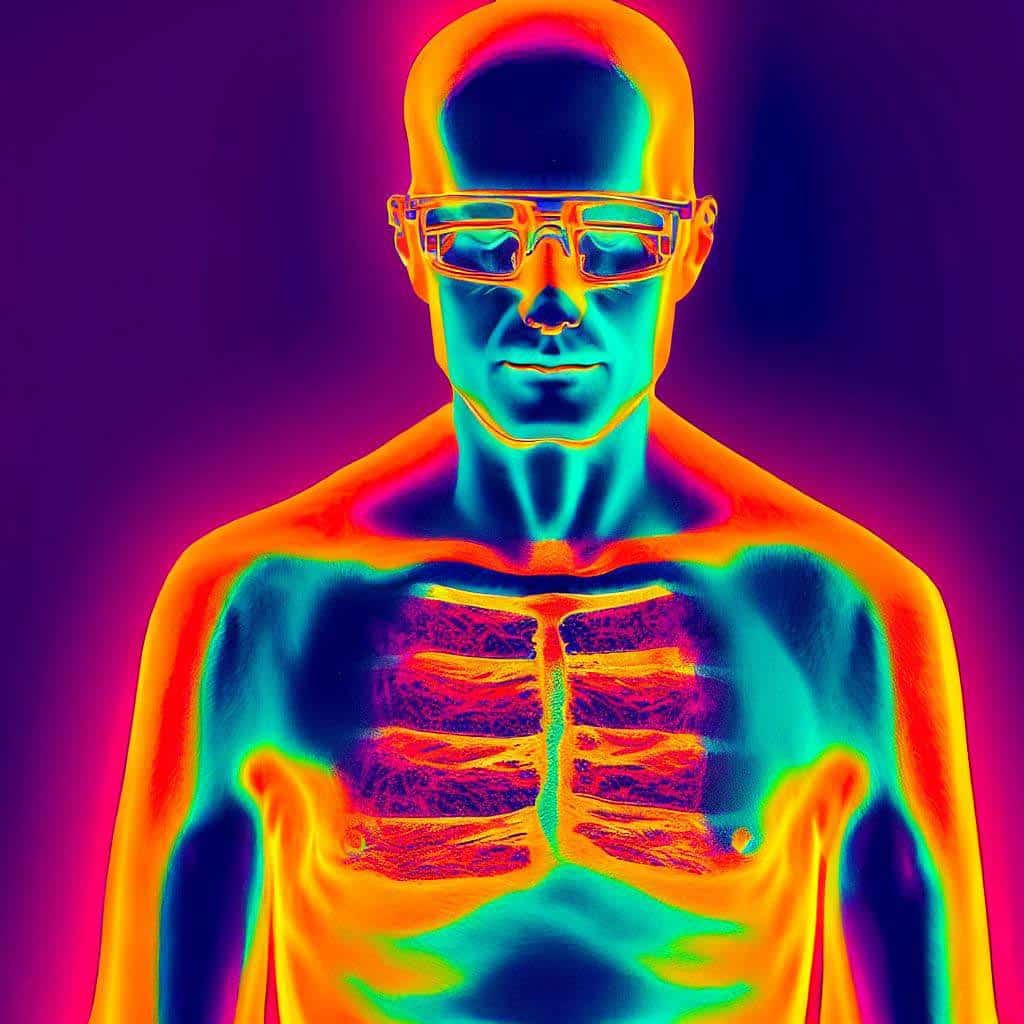
Transitioning from Lidar Remote Sensing, we shift our focus to the world of Thermal Remote Sensing. One of the most commonly used techniques in Thermal Remote Sensing is Thermal Imaging. This technique makes use of the infrared radiation emitted by objects, allowing us to visualize and analyze temperature variations across a given surface.
Thermal Imaging has a wide range of applications across various fields, including industrial, medical, and environmental monitoring. In the industrial sector, it is often used for preventive maintenance, identifying faulty equipment or machines with temperature anomalies before they break down. In the medical field, it is used for diagnosing various diseases and injuries, such as identifying areas of inflammation or detecting tumors. In environmental monitoring, it can be used to track changes in surface temperature, identify areas of potential wildfire outbreaks or monitor the health of ecosystems.
The process of Thermal Imaging involves using a specialized camera that detects the infrared radiation emitted by objects. These cameras can detect temperature variations as small as 0.1°C and create a visual image of the surface temperature being analyzed. This technique can be used to analyze both indoor and outdoor environments, making it a versatile tool for various applications. Thermal Imaging is an invaluable tool that has revolutionized the way we gather and analyze temperature data, providing us with a more accurate and efficient way of detecting temperature anomalies and changes across a given surface.
Thermal Infrared Spectroscopy
Transitioning from Lidar Remote Sensing, we now turn our attention to Thermal Remote Sensing. Within this field, one powerful technique is Thermal Infrared Spectroscopy. This method allows for the detection and analysis of the thermal radiation emitted by materials, which can provide valuable information about their composition, structure, and behavior.
To understand how Thermal Infrared Spectroscopy works, it is important to first understand the basics of infrared radiation. All objects with a temperature above absolute zero emit electromagnetic radiation, with the wavelength and intensity of this radiation depending on the object’s temperature and composition. In the case of Thermal Infrared Spectroscopy, a sample is first heated to a specific temperature and then the infrared radiation it emits is analyzed using a spectrometer. The resulting spectrum can then be compared to known spectra to identify the sample’s composition.
This technique has a wide range of applications, from identifying the composition of planetary surfaces to analyzing the chemical composition of biological tissues. It is particularly useful in cases where other methods, such as visible light spectroscopy, are not effective. For example, Thermal Infrared Spectroscopy can be used to identify minerals that are difficult to distinguish visually or to differentiate between two materials that appear identical in visible light. Additionally, this method can be used in conjunction with other thermal imaging techniques, such as Thermal Imaging, to provide a more complete picture of a material’s properties.
In conclusion, remote sensing technologies have revolutionized the way we observe and interact with our surroundings. From detecting natural disasters to monitoring crop growth, remote sensing has wide-ranging applications. The four main types of remote sensing technologies are optical, radar, lidar, and thermal.
Optical remote sensing uses visible and near-infrared light to capture images of the Earth’s surface. This technology is useful for monitoring land use, vegetation, and water quality.
Radar remote sensing uses electromagnetic waves to penetrate clouds and weather conditions, making it ideal for monitoring weather patterns, ocean currents, and surface deformation.
Lidar remote sensing uses laser pulses to measure the distance between objects, making it useful for mapping terrain, detecting forest fires, and monitoring air quality.
Finally, thermal remote sensing uses infrared radiation to measure surface temperature, making it ideal for monitoring volcanic activity, forest fires, and urban heat islands.
With advances in technology, remote sensing has become more precise and accessible, allowing us to better understand and protect our planet. As we continue to develop new applications and techniques, remote sensing will undoubtedly play a crucial role in shaping our future.
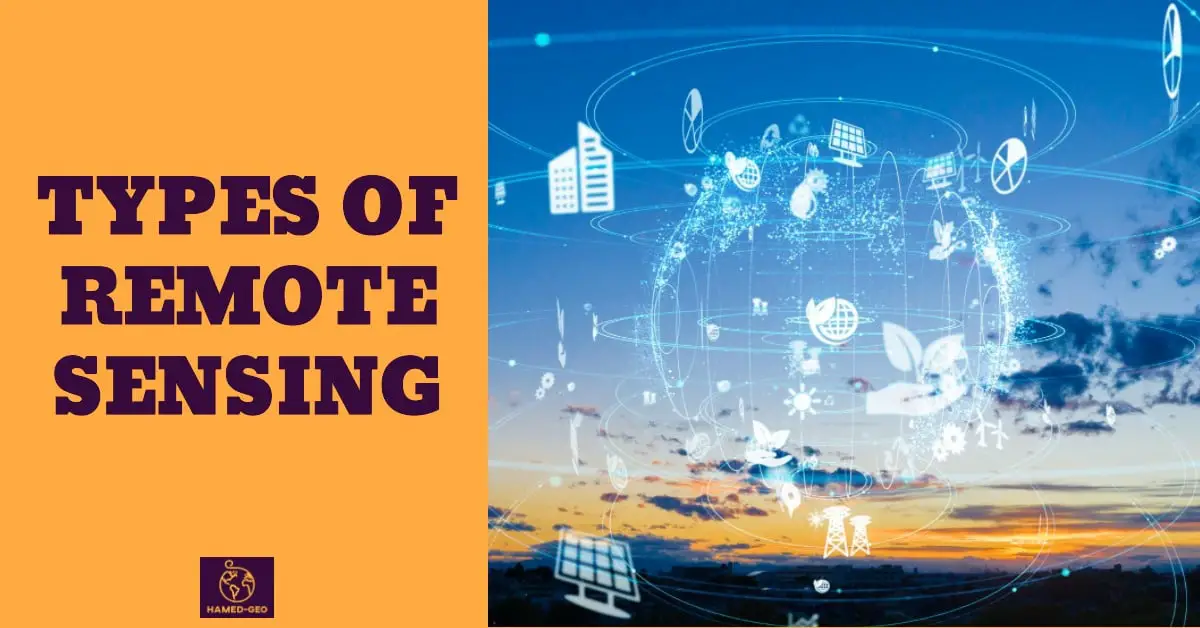

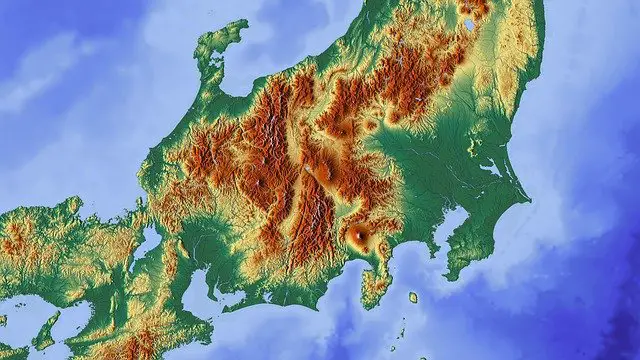
[…] into the vast expanse of geophysics, one cannot overlook the profound impact of Remote Sensing in environmental and engineering geophysics. This technique allows geophysicists to examine the […]